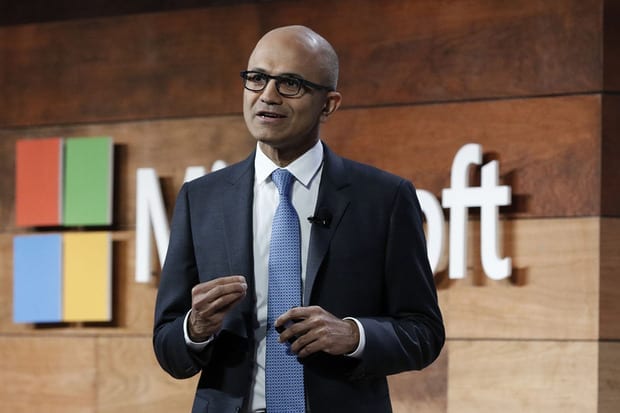Understanding cloud forests through the power of cloud computing
The Brazilian Cloud Forest Sensing Project is studying how cloud forests function in response to climatic variability. The project deployed more than 700 Internet enabled sensors connected to Microsoft Azure and is gathering integrated data on physical and biological processes within the study site. Through its partnership with Microsoft Research, the Brazilian Cloud Forest Sensing Project has created a repeatable Internet-of-Things (IoT) solution that revolutionizes how research can benefit from the use of a wireless sensor network, cloud technology, and automated data stream processing.
Researching cloud forests at work
Brazil is one of the most forested countries in the world. More than 60 percent of Brazil is covered by forest, including many cloud forests—moist forests characterized by persistent low cloud cover. Cloud forests help provide clean water because its trees intercept water from clouds. That water then drips onto the soil and feeds rivers, lakes, and irrigation systems, even during periods of low rainfall.
The Brazilian Cloud Forest Sensing Project is an initiative of the São Paulo Research Foundation (FAPESP) Biodiversity Research Program, supported by the Microsoft Research-FAPESP Joint Research Center. Rafael Oliveira, a professor of Ecology from the University of Campinas (Unicamp), conducts research for the project in the cloud forests of Campos do Jordão, Brazil.
The goal of Oliveira’s investigation is to understand how cloud forests work and then measure the impact of microclimatic variation on several ecosystem processes. The research project focuses on a fragmented forest—which most forests in the world are—in contrast to a continuous forest such as the ones found in the Amazon. Most fragmented forests are in proximity to urban areas and are critical to the water supply of those communities.
Managing sensor data in the cloud
Collaborators from the Brazilian Cloud Forest Sensing Project partnered with Microsoft Research to define research questions and develop software to analyze streams of data, which the Sensing Project team gathered every 15 minutes from a unified ensemble of more than 700 sensors on plants, in soil, and above tree canopies throughout the forest.
To manage and process high volumes of complex data, the Sensing Project team uses Microsoft Azure to store, process, and visualize the data coming in from the sensors. The sensors themselves are connected to Azure as an instance of the Internet of Things: devices embedded in the physical world sending data to the cloud and changing their behavior based on the directives assigned to them.
The sensors are networked to and communicate directly with the Microsoft Azure cloud platform. Because researchers have a constant stream of real-time data, they can quickly observe what's happening and if necessary, remotely change how the sensors collect data. This ability to make fast adjustments provides the researchers with high-fidelity data for specific time periods.
Providing a model for future research
Using a network of 700 sensors to study a forest was a new concept, and the team had to determine all the pertinent details, such as how to manage the sensors, which sensors were needed, and what kinds of data to measure. The researchers at the Sensing Project have created a repeatable technical solution, and researchers worldwide will be able to learn from it and apply these practices to their own sensor-based studies. The methodologies that are being developed will help Brazil’s investigations and other global research projects.
Continued Reading

June 9, 2016
Managed Solution is Hiring! Identity and Access Engineer (Active Directory) Wanted
[vc_row][vc_column][vc_column_text] Managed Solution has an all-star team with a kick-butt […]
LEARN MORECompany News

June 9, 2016
Microsoft CEO Satya Nadella follows Apple’s Tim Cook to India
[vc_row][vc_column][vc_column_text] Microsoft CEO Satya Nadella follows Apple’s Tim Cook to […]
LEARN MORENews and Events


